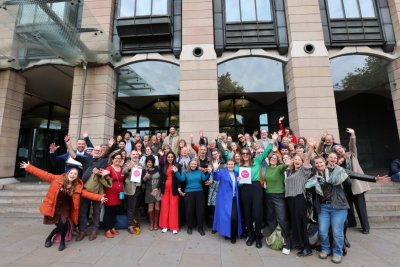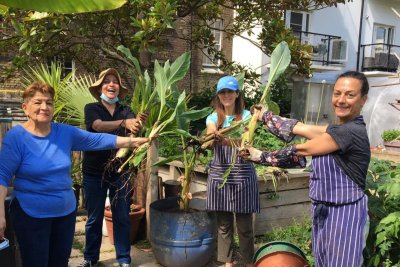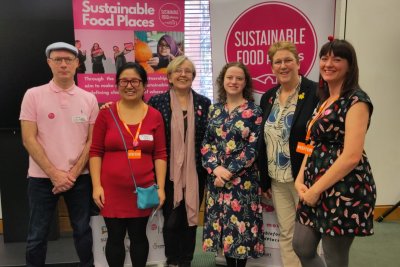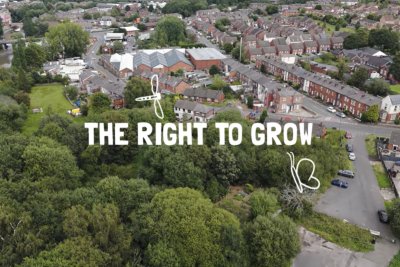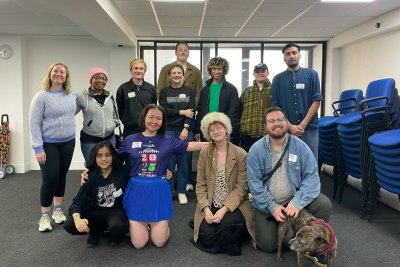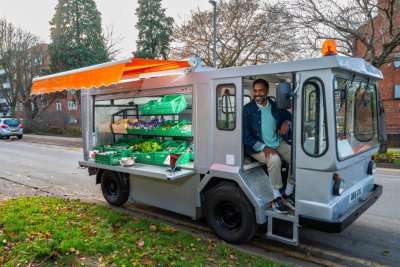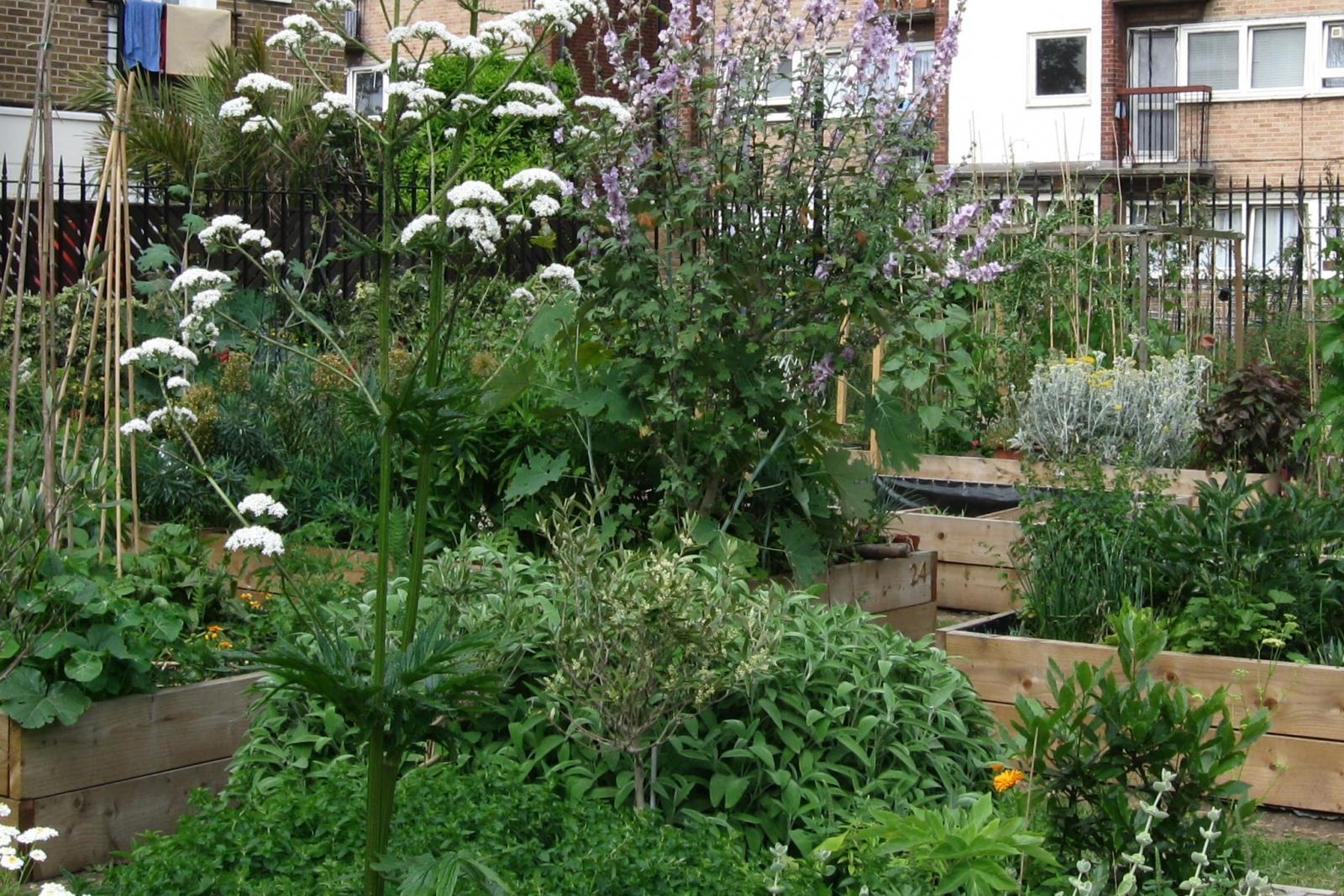 Community growing space, Credit: G Morgan
Community growing space, Credit: G Morgan

Food to be part of building beautiful places
A revised National Planning Policy Framework and a new National Model Design Code for England call for higher quality designs of development and neighbourhoods where residents can grow and buy healthy food.
Sustain responded to the consultation on both documents earlier this year asking for a clear national commitment for a sustainable food system. We were looking for a magic thread between National planning policy (NPPF), the National Design Guide and national and local design codes to ensure sustainable food places will be built. Since the draft National Model Design Code made no reference to food, the thread was broken.
We are pleased to see the Government has made changes in light of comments received. Wording has been amended to ensure alignment with the National Planning Policy Framework. Further weight has been placed upon the need to address food production as part of health and wellbeing.
The Government sees design codes as providing a framework for creating “healthy, environmentally responsive and sustainable places, with a consistent and high-quality standard of design”.
The National Model Design Code forms part of the Government’s planning practice guidance. This means future planning applications should follow this approach to designing new places.
The National Model Design Code provides detailed guidance on the production of local design guides. That is why it is so important that the National Design Code covers access to food. Several local food partnerships and the Sustainable Food Places programme also responded to the consultation. They see this as a real opportunity for access to food to be right there at the start in new developments.
Gillian Morgan, Sustain’s planning lead, welcomes the new planning advice:
“This is a clear indication that planners, architects and developers should bring forward proposals which normalise food in the environment. This is a first step towards recognition that the ability to grow and buy healthy food contributes to better design which in turn leads to the wellbeing of communities”.
The NPPF continues to support the circular economy for food from food production through to supporting healthy lifestyles. Local planning authorities should now be thinking how their policies and decisions are:
-
protecting soils
-
recognising the benefits of the best and most versatile agricultural land
-
providing local shops, access to healthier food and allotments
-
ensuring access to a network of high quality open spaces
-
ensuring that shops, facilities and services are able to develop and modernise, and are retained for the benefit of the community
-
retaining and enhancing existing markets and re-introducing or creating new ones
-
guarding against the unnecessary loss of valued facilities and services, particularly where this would reduce the community’s ability to meet its day-to-day needs.
The National Design Code sets a baseline standard of quality and practice which local planning authorities are expected to take into account when developing local design codes and guides and when determining planning applications, including:
-
how the design of new development should enhance the health and wellbeing of local communities and create safe, inclusive, accessible and active environments;
-
provision of private open space including gardens and balconies;
-
provision and design of communal open spaces;
-
provision for new community facilities and related amenity space in larger schemes;
-
need to consider allotments and community growing projects for food production, learning and community engagement on large developments;
-
understanding the impacts of tall buildings on amenity spaces and public spaces in terms of daylight, sunlight, overshadowing, wind and micro-climate and taking into account how overshadowing of public and private spaces impacts on the quality of external spaces at ground level;
-
all new housing should be within easy access of a range of local services including shops;
-
guidance for the design of and access to local shopping facilities; and
-
provision of public spaces such as markets as focal points at the heart of the community.
Sustainable Food Partnerships can use our Planning Food Cities Toolkit to find out how to engage with their local planners to make sure this happens.
Planning Food Cities: Shaping the future of local areas to create a more sustainable and local food system.
Sustain
The Green House
244-254 Cambridge Heath Road
London E2 9DA
020 3559 6777
sustain@sustainweb.org
Sustain advocates food and agriculture policies and practices that enhance the health and welfare of people and animals, improve the working and living environment, promote equity and enrich society and culture.
© Sustain 2026
Registered charity (no. 1018643)
Data privacy & cookies
Icons by Icons8

